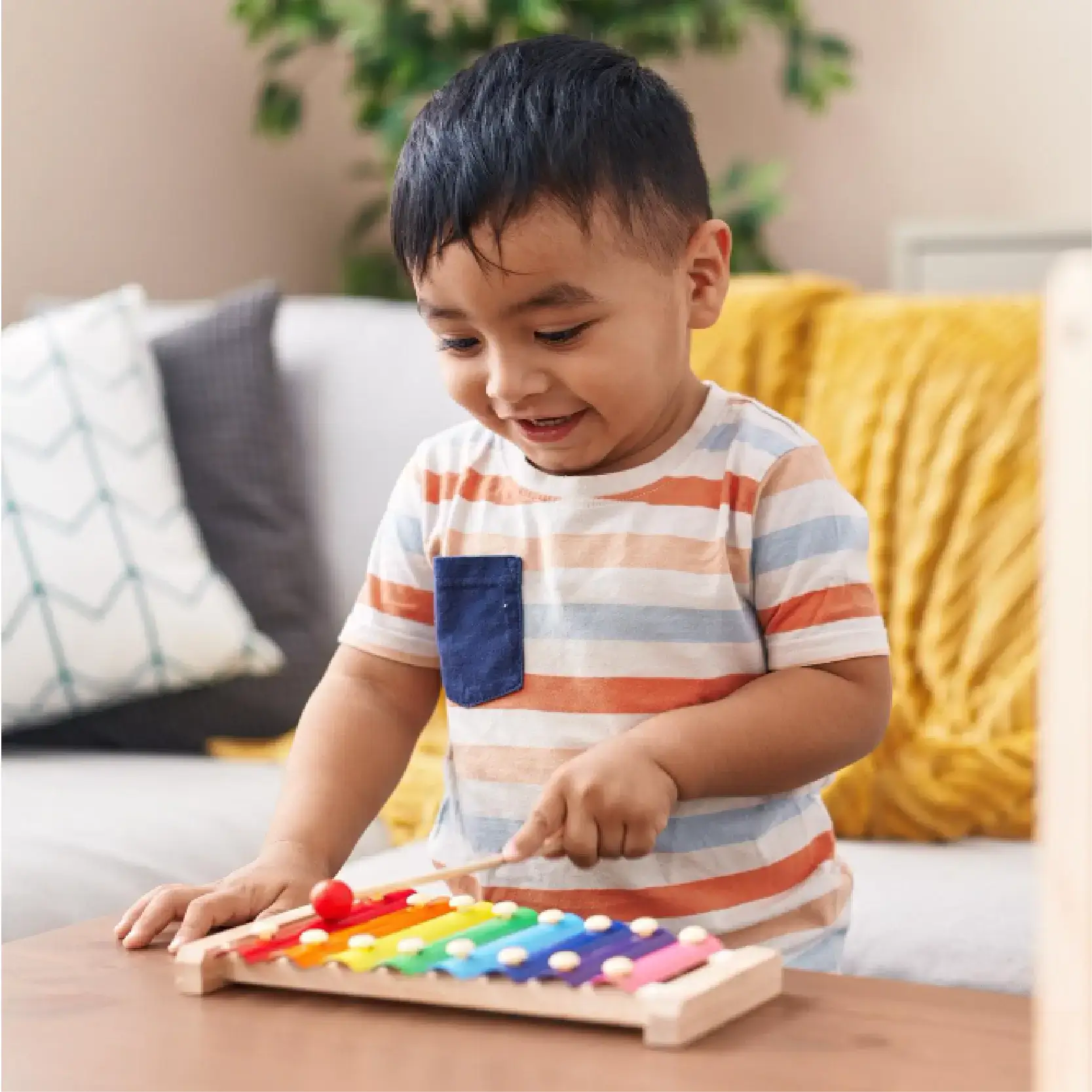Understanding how courts handle cases where a child becomes alienated from one parent is crucial for parents, practitioners, and society at large. In England & Wales, the family justice system faces a delicate balancing act. The interests of the child are paramount, but when those interests appear obscured by estrangement, manipulation or allegations of parental alienation, the court must navigate a complex web of psychology, rights, and legal principles. With increasing awareness of how children’s perceptions may be influenced by adult conflict, courts are continually evolving their approaches. This article explores how family courts in England & Wales confront cases where a child has become alienated from one parent – the processes, the tools used, and the difficult decisions made in the pursuit of justice and welfare.
Defining the Issue
Parental alienation is a concept that has long been debated within the psychological and legal arenas. It generally describes a scenario where a child inexplicably and persistently rejects one parent, not due to genuine abuse or neglect, but because of resistance or hostility that has been influenced or encouraged by the other parent. It is often subtle, indirect, and difficult to prove. Crucially, it is distinct from justified estrangement, where a child distances themselves from a parent for valid reasons, such as past abuse, neglect, or harmful behaviour.
The courts in England & Wales have increasingly acknowledged the reality and damaging effects of parental alienation, although the terminology itself is handled with caution. Rather than focusing solely on the label, judges look at the underlying behaviour and aim to understand the child’s true views in their wider context. The aim, always, is to discern what arrangement best supports the child’s emotional and psychological well-being.
Legal Framework: The Paramountcy Principle
In all matters concerning children, family courts are guided by the principle enshrined in section 1 of the Children Act 1989: the child’s welfare shall be the court’s paramount consideration. This is commonly referred to as the “paramountcy principle.” Even when a case involves allegations of one parent alienating the child from the other, the court does not favour one party over another; instead, it evaluates how a child’s relationship with each parent contributes to their welfare.
In practice, this principle demands a careful assessment of the child’s circumstances, the extent of any alienating influence, and whether that influence is undermining the child’s right to maintain a meaningful relationship with both parents. The court has a duty not to allow entrenched parental conflict or manipulative behaviour to dictate an outcome that fails the child.
Identifying Alienation: The Role of Evidence
Proving alienation is notoriously complex. The phenomena, when it exists, often manifests through the child’s articulated wishes and feelings, combined with parental behaviour that may be covert or coercive in nature. Therefore, the court must rely on both objective and expert evidence to understand whether a child’s rejection of a parent is authentic or induced.
Tools available to the court include reports from Children and Family Court Advisory and Support Service (Cafcass) officers, who are trained social workers appointed by the court to assess the family situation. Their duties often include interviewing the child, observing parent-child interactions, reviewing historical records, and supplying the judge with a welfare-focused report.
In more complex or entrenched cases, the court may also appoint a child psychologist or psychiatrist under Part 25 of the Family Procedure Rules. These experts can delve deeper into whether a child’s expressions of fear or reluctance to see a parent reflect genuine lived trauma or undue psychological influence from the other parent.
The challenge, however, lies in distinguishing between manipulation and a child’s natural alignment in the midst of conflict. Children are highly perceptive, and even subtle cues from one parent or their environment can shape their perceptions.
Judicial Approach and Case Law
The courts of England and Wales do not adopt a one-size-fits-all approach when it comes to alleged alienation. Each case will be determined on its facts, with judges taking into account the nature, history, and dynamics of the particular family. Case law has provided a series of landmark decisions that demonstrate the court’s willingness to intervene where manipulation is identified.
One influential case is Re L (a Child) [2019] EWHC 867 (Fam), where the High Court made clear that where there is incontrovertible evidence of alienating behaviour, the court must take robust action, even to the point of reversing the child’s residence to the alienated parent if this is deemed necessary to protect the child’s longer-term welfare.
Another important case is Re S (Parental Alienation: Cult) [2020] EWCA Civ 568, where the Court of Appeal addressed the techniques by which a parent might systematically undermine the child’s relationship with the other parent. In that case, the court held that delay in taking action could contribute to further entrenching the alienation and harming the child, affirming the need for timely and proportionate responses from the court.
Such precedents highlight not only the seriousness with which the courts treat allegations of alienation but also their willingness to act decisively, including altering contact arrangements, suspending a parent’s involvement temporarily, or even changing the primary carer. However, these decisions are not taken lightly and must always be supported by cogent evidence and clear analysis of the child’s best interests.
The Voice of the Child
Listening to children is a vital part of modern family justice. Yet, in cases of suspected alienation, the child’s voice raises particular complexities. A central question for the court is whether the child’s stated wishes and feelings are genuinely their own. Courts are well aware that children may internalise adult narratives and come to adopt them as their own, especially over prolonged periods of conflict.
Cafcass officers play a significant role in reporting on the child’s expressed views, but they are also trained to discern whether those views are congruent with the child’s developmental stage and history of relationships. The court may decide that, although a child states they do not want contact with a particular parent, this position has been shaped by one parent’s influence or hostility.
However, older children, particularly those nearing adolescence, have greater autonomy in expressing their preferences. Courts are increasingly reluctant to make orders that contradict the consistent and strongly held views of older children, recognising the need to respect their developing capacity. But even here, the court must assess whether the child’s refusal is informed and consistent or rooted in psychological enmeshment with the resident parent.
Court-Ordered Interventions and Remedies
Once the court determines that alienation is occurring or is at risk of occurring, it has a range of remedies at its disposal. Remedies vary depending on the degree of alienation, the age of the child, and the willingness or capacity of parties to change their behaviour.
In less severe cases, the court may order structured contact, such as supervised visits, supported handovers, or indirect contact (through letters or online communication), with a view to rebuilding trust gradually. Parenting programmes may be ordered, or parties may be required to attend therapy or specialist interventions designed to promote co-parenting and reduce hostility.
In more serious cases, especially where the alienating parent continues to obstruct contact or undermine the court’s orders, the court might contemplate transferring residence. This is a drastic step, typically considered only when it is clear that the alienating parent will not support the child’s relationship with the other parent under any circumstances.
Enforcement mechanisms are also available under section 11J–11N of the Children Act 1989, which allow for enforcement orders or compensation where a contact order is breached without good reason. While these sanctions may not repair the parent-child bond directly, they signal the court’s authority and underscore the seriousness of compliance.
The Role of Cafcass: Evolving Guidance
Cafcass has a prominent role in safeguarding children’s interests during private law proceedings. Their approach to cases involving alienation has undergone considerable development. In recent years, Cafcass has acknowledged the need for clearer frameworks to identify and address manipulation or coercion.
Their Child Impact Assessment Framework includes pathways for recognising harmful conflict and parental influence on a child’s wishes. It encourages practitioners to explore how adults’ behaviours affect the child’s perceptions and to challenge problematic narratives delicately but firmly.
Nonetheless, Cafcass has also attracted criticism. Some argue that their assessments can be inconsistent, with individual practitioners varying widely in their interpretation of alienation or how seriously they view a lack of contact. The call for specialist training and standardisation continues, as courts rely heavily on these assessments in decision-making.
Critiques and Caution
It is essential to note that ‘alienation’ must not be weaponised as a defence by abusive parents seeking to neutralise genuine allegations of harm. This concern has been voiced by domestic abuse services and child welfare advocates who caution that allegations of alienation may, in some cases, function as a smokescreen to obscure a child’s legitimate fears.
The courts, therefore, tread cautiously, working scrupulously to disaggregate allegations of manipulation from those of protective parenting. As such, courts may order fact-finding hearings to resolve disputed allegations. The principle of fairness demands that all serious allegations—whether of alienation or abuse—are examined fully, with procedural safeguards and impartial scrutiny.
A Delicate Equilibrium
At the heart of these disputes lies the heart-breaking reality that children can become the battleground in high-conflict separations. The family justice system of England & Wales strives to ensure that children are protected from emotional harm and that both parents have a fair opportunity to maintain their relationships—provided they are safe, loving, and nurturing.
Achieving this balance involves recognising the potentially corrosive impact of alienation while also honouring a child’s right to be protected from genuinely harmful relationships. The law does not prioritise the rights of parents but rather looks to advance the best long-term outcome for the child.
Conclusion
The way family courts in England & Wales handle cases involving a child’s rejection of one parent due to manipulation or influence is evolving towards a more nuanced, evidence-based, and child-centred approach. Through reliance on expert assessments, judicial discretion, and the paramountcy of welfare, the courts walk a careful line. They aim to distinguish legitimate concerns from emotionally manipulative behaviours and to craft remedies that place the child’s future stability and psychological health front and centre.
Greater awareness, better training, and consistent policy guidance are still needed to ensure effective interventions. But one principle remains constant: the family court’s duty is to place itself in the child’s shoes and to speak on their behalf, even when their voice is conflicted, confused, or caught in the crucible of adult animosity.













